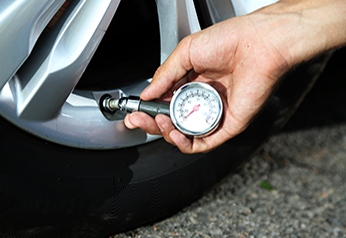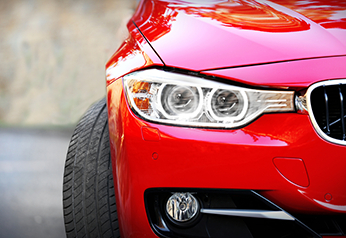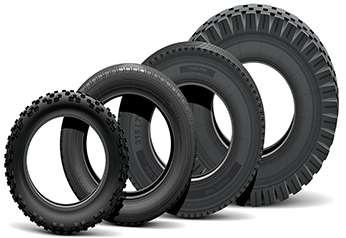
How to save $200 a year just on your tyres
Go Nitro!
Studies have shown that you can easily save at least $100 each year by not refilling air in your tyres – you should use nitrogen instead! The air that gets compressed in your car’s tyres contains 78% nitrogen, 21% oxygen and smaller amounts of other gases. N2 permeates through the rubber of a tyre much more slowly than oxygen does, so reducing the amount of oxygen and using 79-100% N2 in tyres causes the pressure to drop at a much slower rate (Jalili & Venkataraman, p. 17).
Having an optimal tyre air pressure is a very important part of car maintenance: “Proper inflation improves tyre longevity, cornering power, ride quality, directional stability, feedback and – very dramatically – mileage. Improper inflation quickly leads to a falloff in the same” (Corvette magazine). Even more importantly, underinflated tyres are a security issue, since they “have had handling problems that caused crashed resulting in fatalities and injuries. In addition, fuel economy … is slightly slower” (GAO 2007, p. 1).

Two birds with one stone
Due to its ability to maintain the air pressure for a longer amount of time, filling your tyres with N2 can save you money in the long run. According to a study conducted by the University of Clemson, the rolling resistance of a nitrogen-filled tyre decreases by 70% during a one week test drive (Jalili & Venkataraman, p. 21). A lower rolling resistance means less fuel consumption. Research has shown that “1.5 to 4.5% of total gasoline use could be saved if all replacement tires [sic] in use had low rolling resistance” (ibid., p. 6), and other studies show even higher numbers: “4 to 10% improvement in fuel economy could be realised … For every 3% reduction in rolling resistance, fuel economy can be improved by 1%. Hence for a reduction of 70% rolling resistance in tires [sic], fuel economy can be improved by 23%” (ibid.m p. 23).
As well as saving you money on fuel, a lower rolling resistance will also slow the everyday wear of your tyres. Effectively, by decreasing the “concentration of the oxygen we increase the life of the tyre” (Sabino 2000, p. 72), which means that you can drive your tyres for 25% longer than usual (p. 73).
As an example: an average Australian drives 15,530km per year. Taking into account that the fuel price is currently $1.30 per litre and your car needs 10l/100km, you spend slightly below $2020 on fuel each year. With the 4.5% improvement to fuel economy, the same amount of petrol would cost only $1928, saving you $100 per year – not including the money you save because of the extended lifespan of your tyres!
Where to get Nitrogen?
To get your tyres filled with nitrogen instead of compressed air you should ask the service station in your area if they supply N2. It is recommended to completely empty and refill your tyres three times with nitrogen. This way you can be sure that all the oxygen that was in there before is replaced by nitrogen.
If you don’t want to use nitrogen you still can save money on the road. By checking your tyre pressure each week – or at least each month – you can ensure your tyres stay at their optimal air pressure level, which will lower their rolling resistance and fuel consumption. Checking your tyre pressure only takes a few seconds with an air gauge, or you can ask your local service station to help you. By the way: using nitrogen doesn’t mean you can stop monitoring your tyre pressure, it just enhances the tyre’s performance in between the times you measure the pressure.
Sources:
[GAO 2007] – United States Accountibility Gouvernment Office: Underinflated tires in the United States, 2007
[Jalili/Venkataraman] – PhD Jalili, Nader; Venkataraman, Prakash: Tire Nitrogen Filling System, Clemson University, Clemson
[Sabino 2000] – Sabino, Luca: Tyres inflation with de-oxigenated air, Thesis University of Bologna, 2000
[corvette magazine] - corvette magazine, September 2007: “Running out of air”, p75-78.



